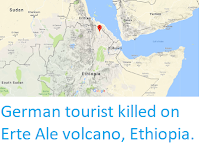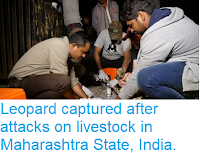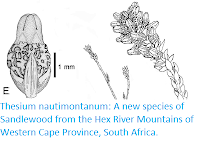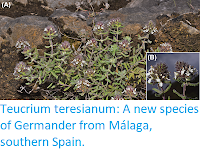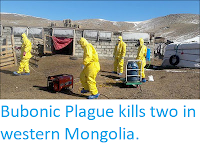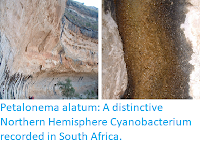The Etna Observatory of the Istituto Nazionale di Geofisica e Vulcanologia has reported a new eruption on Mount Etna, Sicily. The volcano began to erupt overnight between Wednesday 29 and Friday 30 May, producing a dense column of ash that persisted till the afternoon of Thursday 30 May. Following which three new fissures opened up around the New Southeast Crater (a feature which itself appeared in December 2018), two to the southeast and one to the northeast, which produced lava fountains and flows which ran down into the Valle del Bove, the longest reaching about 3 km from the northeast fissure.
The eruptive scene at dawn on 31 May 2019, as recorded by the
high-resolution surveillance camera installed at Monte Cagliato, on the
eastern slope of Etna, at the lower end of the Valle del Bove. Istituto Nazionale di Geofisica e Vulcanologia.
Etna first erupted about half a million years ago, beneath the sea off the east coast of Sicily, and has been going strong ever since. It now stands 3330 m above sea level, and covers 1200 km³. It is responsible for fertile soils across eastern Sicily. Records of eruptions on Etna go back to 1500 BC. It is Europe's second largest volcano, after Teide in the Canary Islands, and is one of the most active volcanoes in the world.
Lava fountains and flows on Mount Etna this week. BBC.
Despite all this Etna has only ever
caused 77 recorded deaths (the most recent being two tourists caught in a
summit explosion in 1987) and relatively little destruction. In 1928 it
destroyed the village of Mascali on its northeastern flank, though
there were no reported casualties, the village being slowly overrun by a
lava flow. In 1669 a much larger lava flow destroyed at least 10
villages, reaching the walls of the city of Catania, 40 km to the south,
but again without loss of life. In 122 BC a heavy ash fall covered much
of the region, causing several buildings to collapse in Catania. The
destruction was deemed so severe by the Roman authorities that they
granted the city a 10 year tax holiday. In about 6000 BC a landslide on
the eastern flank of the volcano is thought to have caused a tsunami
that caused destruction around much of the eastern Mediterranean.
The location of Mount Etna. Google Maps.
Etna is located on the border of the African and European Plates, specifically where Africa is being subducted beneath the European Plate. As it is drawn into the Earth's interior material from the African Plate melts, and the lighter portions rise up through the overlying European Plate, causing a number of volcanoes including Etna and Vesuvius.
Map showing the tectonic plates underlying Italy and southern Europe, and the location of the l'Aquila Earthquake. Napoli Unplugged.
See also...
Follow Sciency Thoughts on Facebook.
















